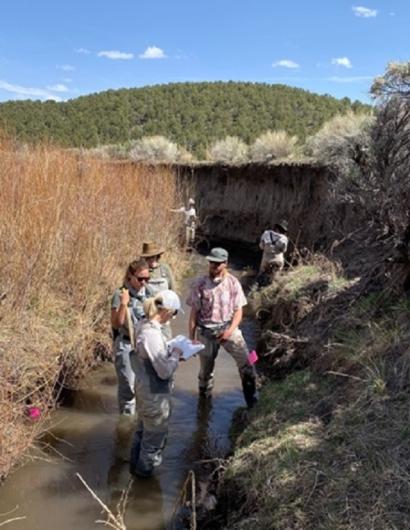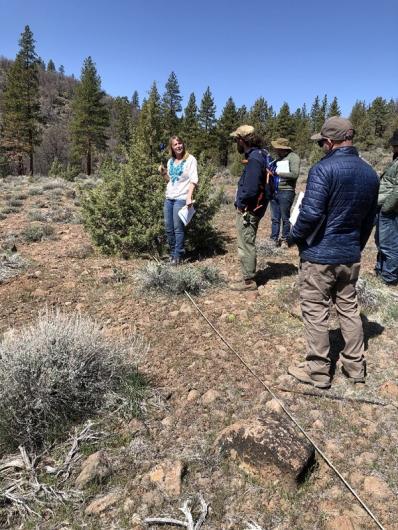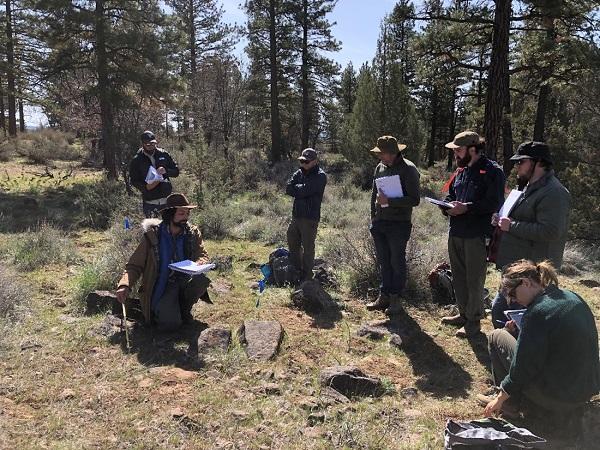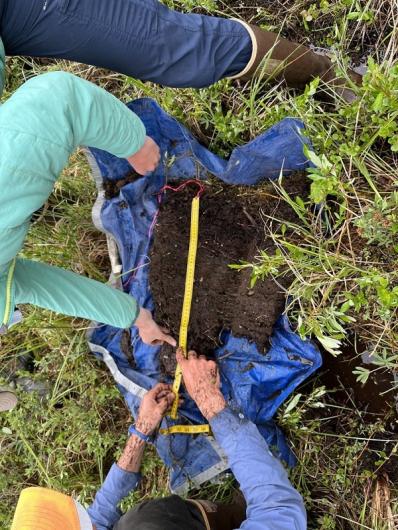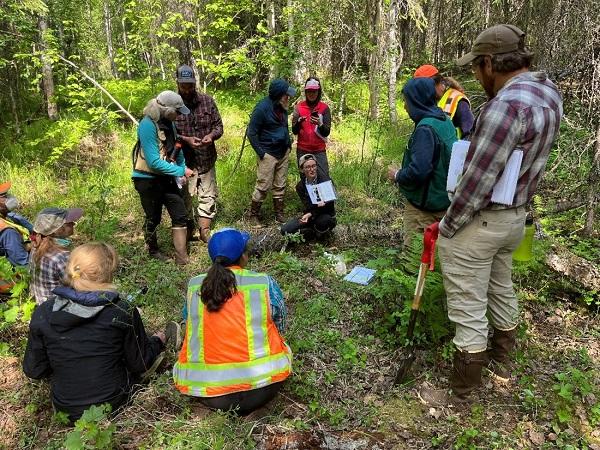Related Stories
- Protecting Lands and Communities: Shaila Pomaikai Catan
- Celebrating the power of public lands through tourism and community impact
- First 100 days: BLM drives energy expansion and national strength
- BLM Recreation Sites Available to All: Exploring Accessibility on Colorado’s Public Lands
- Dark Sky Week: 12 spectacular BLM stargazing sites
Office
Denver Federal Center, Bldg. 85
P.O. Box 25047
Denver, CO 80225-0047
United States
Phone:

